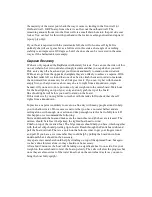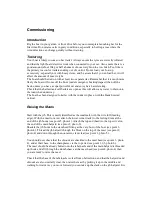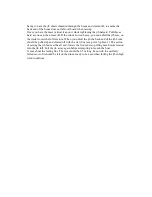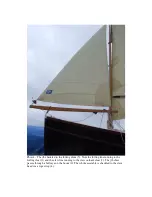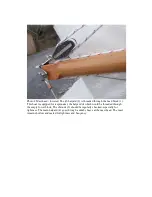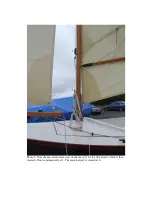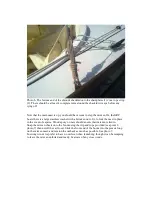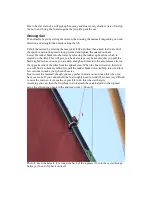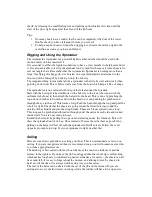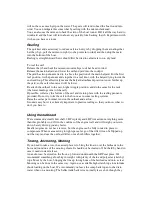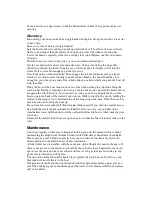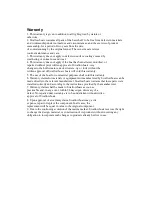
do leak slowly, so expect water to fill the ballast tanks in time if on a permanently wet
mooring.
Recovery
Recovering your boat can be done single handed, though in strong cross winds it is easier
to have help.
Here is our way of doing it single handed:
Sail the boat to the jetty and land on the upwind side of it. The effects of cross wind are
likely to be stronger than the effects of an opposing cross tide when recovering her.
Lower the masts, especially if there is a strong cross wind (Mizzen out first, then main
lowered).
Pull the boat up as close to the jetty as you can, without obstructing it.
Get the car and trailer and reverse down the jetty. At no point during the procedure
should you unhitch the trailer from the car, or the boat and all is likely to roll into the
water. Only reverse far enough to get the tyres wet.
Unroll the trailer winch strap fully. Then engage the ratchet and make sure you know
which way to turn to start winding in under ratchet. Ideally, the boat should be close
enough to you to keep one end of the winch strap in one hand while you push the boat off
with the other.
Bring the bow of the boat round to the end of the trailer, letting the wind/tide bring the
stern round. Timing is important, do not wait for the boat to line up with the trailer before
snapping the winch hook on, but connect it as soon as you can, and pull the bow of the
boat up onto the back of the trailer if you can too. Walk forward to the winch, holding the
tension in the strap to try to minimise the stern being swept sideways. Wind the winch as
quick as you can to bring the boat up.
If you have the water tanks full then it makes things easier if you undo the central access
hatch and the small central outboard well hatch before recovery. A good deal of the
waterballast water will then drain out the outboard well as the bow is lifted, making your
job easier.
Ensure all the bailers in the boat are open once too so that the boat drains her water on the
road.
Maintenance
Your boat requires a little care to keep her looking good. In the most part this is about
maintaining the bright work (finished wood) which will always deteriorate in sunlight.
Please give us a call to find out exactly how your woodwork was treated, and for our
latest opinions on the effectiveness of new treatments.
All the timber used is durable, with the exception of the Douglas fir used in the spars. If
there is one area to concentrate on it should be these, but we have neglected a lot of our
spars over the years and have never had a failure. As long as they are not sitting in any
pools of rainwater they will be fine.
The rest of the timber should be treated if you prefer the look, but can be left to go sun
bleached with no ill effects to the boat.
The paintwork can be touched up if needed with the appropriate paints, again, give us a
call. The underlying epoxy should keep out the water so it is about aesthetics, and please
call us for advice.

